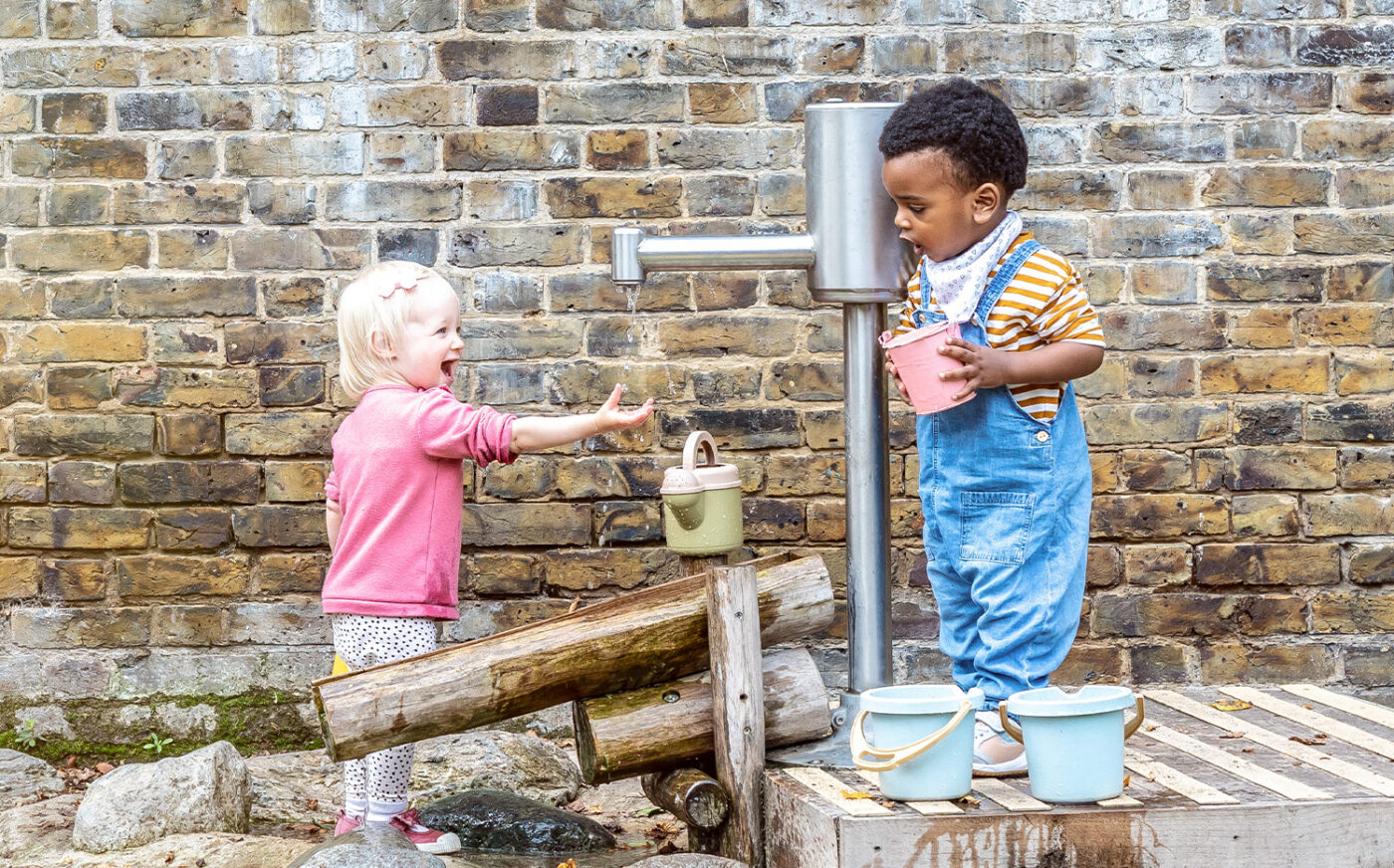8 gross motor skills activities for children
All children develop their gross motor skills at a different pace, but there are also things we can do to encourage them. Discover fun activities that can support their development.
Read more

Did you know that our child starts to develop hand-eye coordination from three months old? As this important life skill is essential for everyday activities, playing hand-eye coordination games with them is a great way to support their growth and development.
Better known as the way that our hands and sight work together, hand-eye coordination is a cognitive ability that allows us to undertake tasks effectively. From writing to driving, and catching a ball to cutting up food, the synchronisation between body and eyes plays its part in everyday life. Although hand-eye coordination is a natural ability, it’s still something that parents can support and aid too. One great way to do this is with hand-eye coordination games.
Research shows that children who perform better at eye-to-hand coordination tasks can also be higher achievers in literacy and maths. As with most skills, early stimulation can also be a big help. From reading and writing to drawing and tying laces, as our children get older, they’ll be using hand-eye coordination more and more frequently. While the skill is often built up naturally through playtime, we can encourage development with specific activities that help them use and grow hand-to-eye skills. Not only are hand-eye coordination games important for physical and mental development, but they’re great for parent-child bonding too.
We’ve hand-picked some of the best games for hand-eye coordination to try at home, with little or no resources required to make it easy and fun.
Perfect for toddlers, this game requires a box and pegs. Start by placing the pegs around the box with a few loose in the middle. Watch your child become absorbed in moving the pegs around whilst honing their fine motor skills and pincer grip at the same time.
Cut the head of a sunflower and use it make prints with paint. As you stamp the flower encourage your child to make ‘tap’, ‘pat’, and ‘stamp’ sounds to familiarise them with these words.
Fill some containers with different items from around the home; sand, dry rice and pasta, beads and so forth. Give this to your child to play with and explore. See how they love to stack boxes and knock them down!
A great one for ‘tummy time’, set up an area with items such as pom-poms or hand-size objects just out of reach, along with a clean empty bottle. Show your child how to grab the items and place them inside the bottle. This is one of the best hand eye coordination activities for problem solving too.
Using paper plates, cut a hole in the middle and insert a stick or cardboard tube to form a ring holder. Use cut out plates for the rings and try flinging them onto the stick from different distances. It’s great for eye hand coordination and fine motor skills.
Inspiring imaginations, cut out holes in a cereal box and place with straws. Invite your child to explore the mechanics of it, pushing and pulling straws as they play.
Punch a few holes in a kitchen roll tube and fill with straws or pipe cleaners. Allow your child to explore how this works, asking them to explain as they go along. This hand to eye coordination game also encourages speech development.
The classic ‘pat-a-cake’ nursery rhyme encourages your child to use their vocabulary, hands and listening skills all at once. Play along with them – if you’ve forgotten the actions, watch again here.
This cup-rolling exercise is great for adding a competitive element to hand eye coordination games. Just tape the cups to the end of a flat surface and roll the ball in – you can even try aiming for different colour cups.
Fun for all ages, gather old bottles and form them into a triangle. With a tennis ball try bowling them over. Even babies can take part lying on their tummies. It helps with understanding cause and effect, as well as hand-eye coordination.
One of the best problem solving and hand eye coordination for all ages, the Ring Stacker requires a couple of cardboard tubes cut into different size pieces. For the stacker, you can use any object from around the home. Then simply get your child to stack the tubes – task older children with thinner smaller objects and even time them.
So there you have it, 11 hand-eye coordination activities you can try at home.